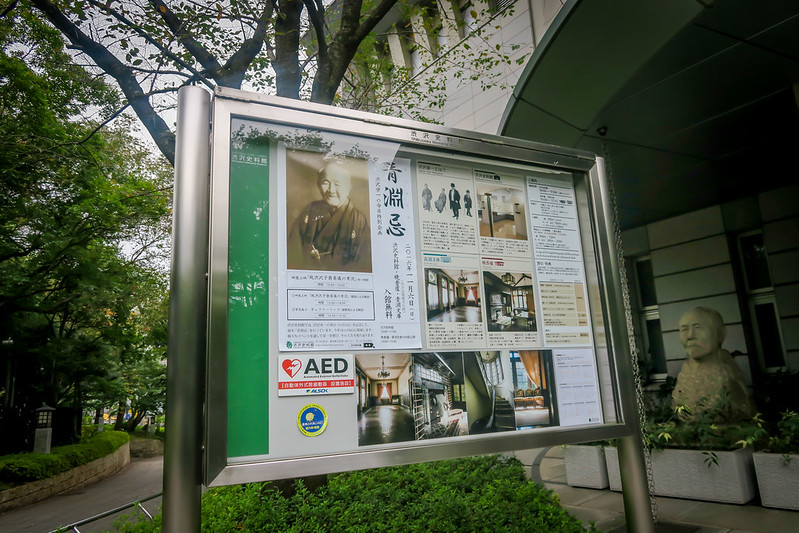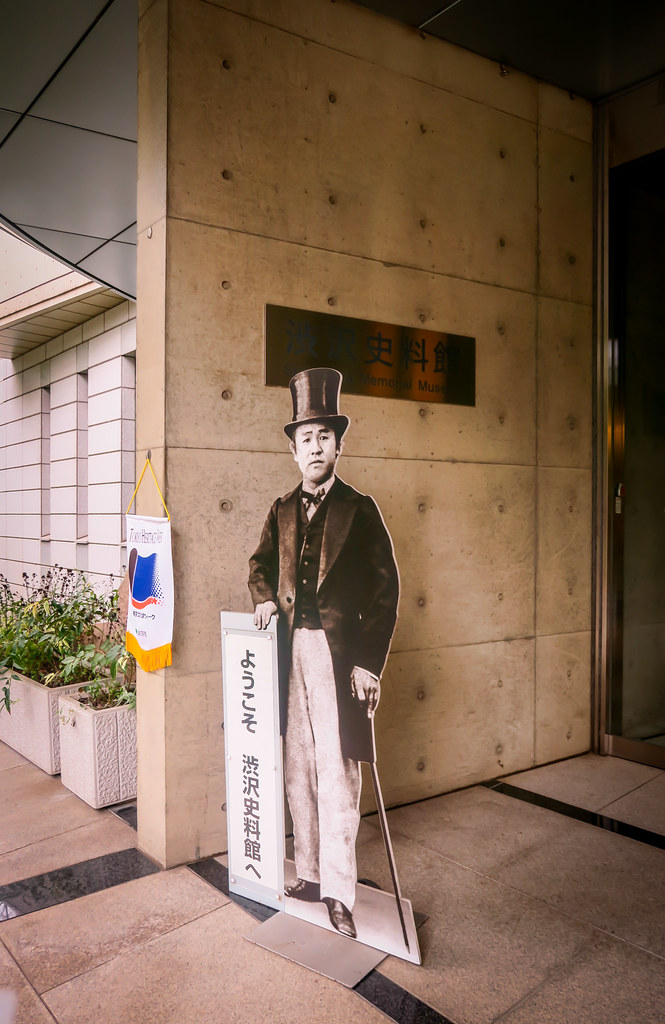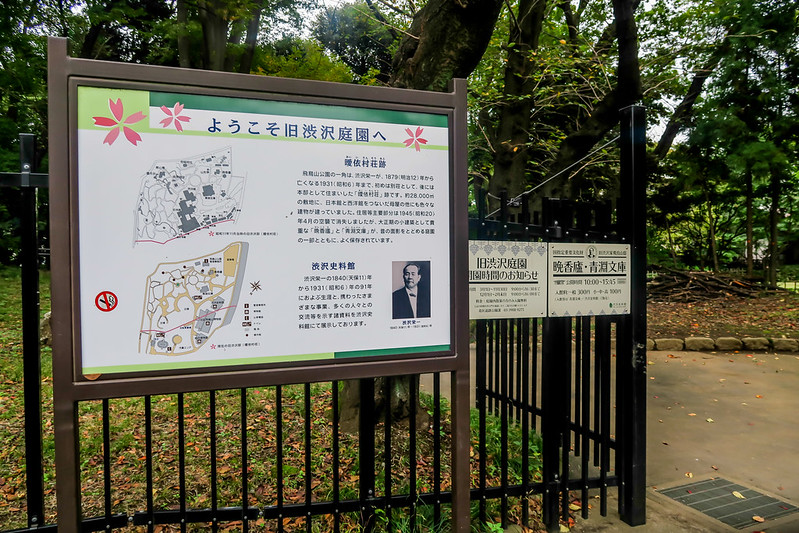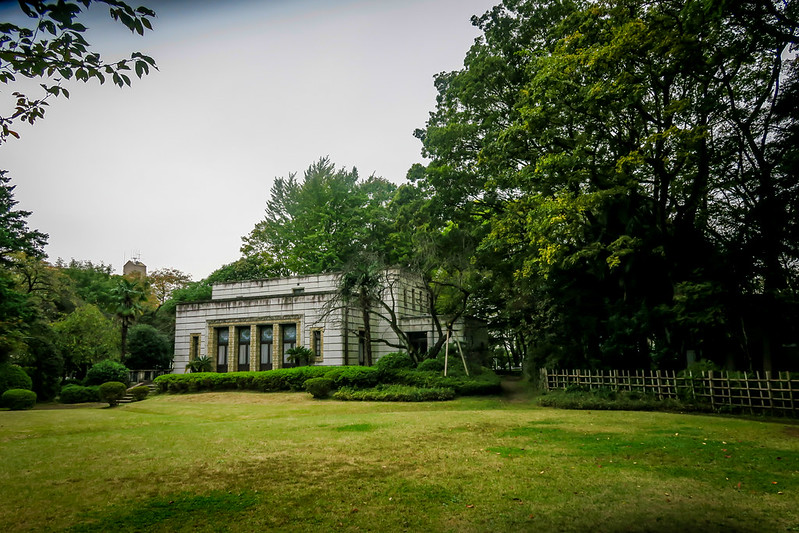
When it comes to American industrialists, we are familiar with Andrew Carnegie, Henry Ford, Howard Hughes to name a few.
In Japan, one name that is quite well-known is Shibusawa Eiichi (Shibusawa is his family name). Known as the father of Japanese capitalism, he spearheaded the introduction of Western capitalism to Japan after the Meiji Restoration.
Shibusawa is known for introducing double entry accounting, joint stock corporations and modern note-issuing banks. In fact, Shibusawa founded the first modern bank based on joint stock ownership in Japan and the bank was named The First National Bank. And because of this initial bank, he founded hundreds of other joint stock corporations and many of these companies survive to this day.
He was dedicated to social welfare, education and international exchanged and believed strongly in the role of an individual and private initiatives and was heavily involved in private-sector diplomacy.
And his home was in Asukayama in Kita Ward. And at Asukayama Park in Kita Ward is where you will find the Shibusawa Eiichi Memorial Museum.





The Shibusawa Foundation goes back as far as 1886 and the younger people working under Shibusawa Eiichi boarded at the Shibusawa home and had meetings in hopes to create a new Japan under the name “Ryumonsha”, which translates to “association at the gate of the dragon”.
And the name Ryumonsha continues as the official registered English name is the Ryumonsha, Shibusawa Eiichi Memorial Foundation. And the foundation manages the Shibusawa Memorial Museum which opened in 1998.
The Shibusawa Memorial Museum is open from 10 a.m. to 5 p.m. and is closed on Mondays and holidays. The cost is 300 yen for adults and 100 yen for students.
In this section is the main museum building and next to it is the old Shibusawa Garden, including two structures of the original Shibusawa estate, the Bankoro Cottage and the Seien Bunko Library.
While the main building was created in 1997 and is quite modern with a conference room, shop, reception area and reading corner, the second floor features a regular and special exhibition area.
While photos are not allowed indoors, I can say the entrance is where you can watch movies about Shibusawa’s career. And there is an English version of the film available at the reception desk.
But the museum does a great job showcasing Shibusawa’s personal life, his career and achievements throughout his lifetime and also showcasing his family.



The Bankoro Cottage was created in 1917 and is a wooden structure, while the Seien Bunko Library was created in 1925. The library is created in Western-style reinforced concrete and features stained-glass windows. Indoors features colorful tiles presented to Shibusawa by the Ryumonsha in 1925 to honor his 80th birthday and his promotion from baron to viscount.
It was originally intended to be used as a library but was primarily used to entertain guests. Many of his books, including the old Japanese edition of Confucius’ “Analacts” were donated to the Tokyo Metropolitan Hibiya Library by the Shibusawa Family in 1963.
If you have any interests in the life of Japan’s well-known modern industrialists, definitely visit the Shibusawa Memorial Museum.
